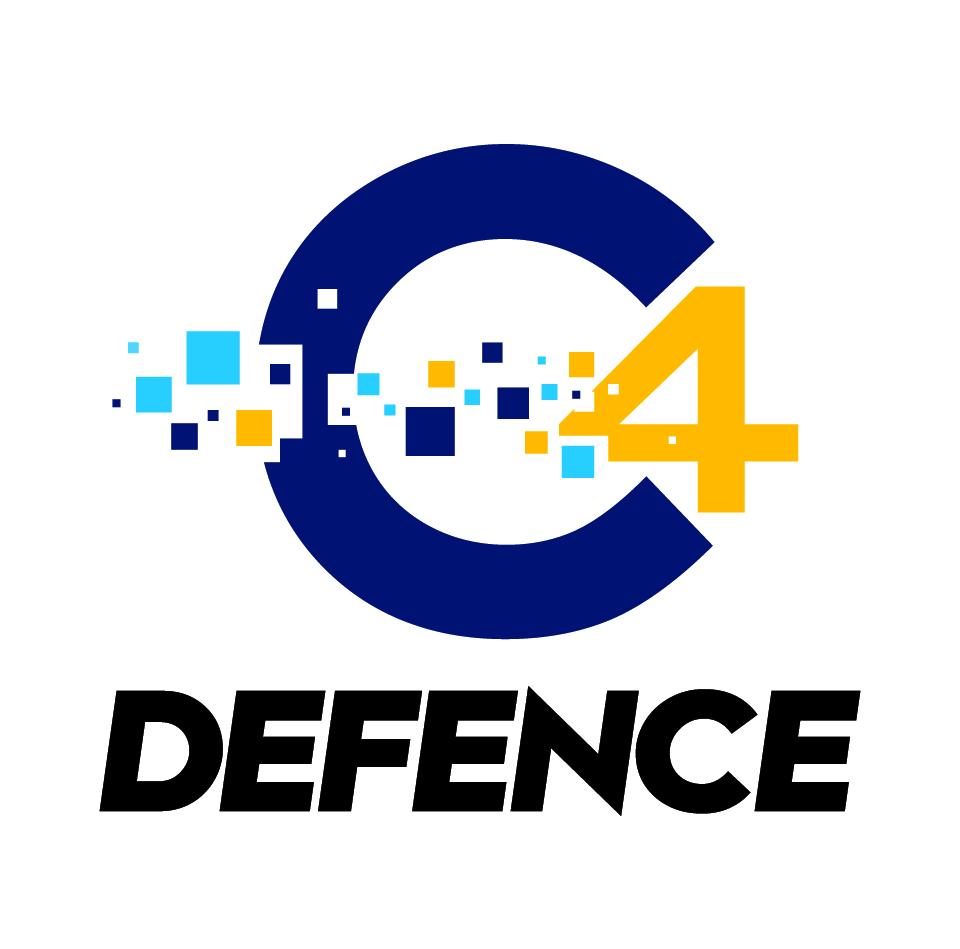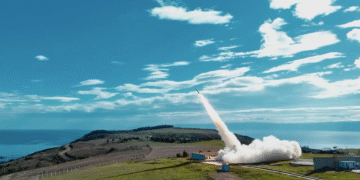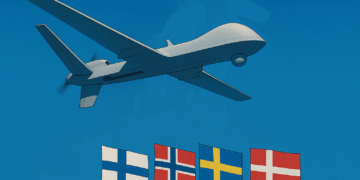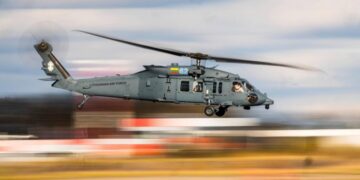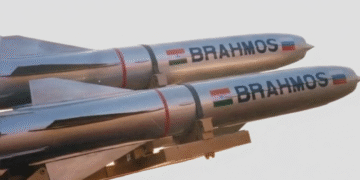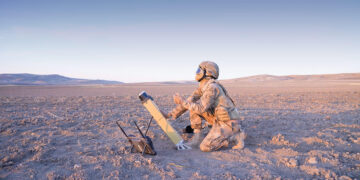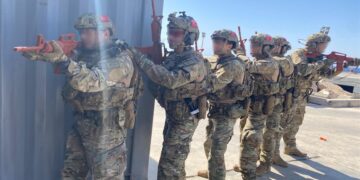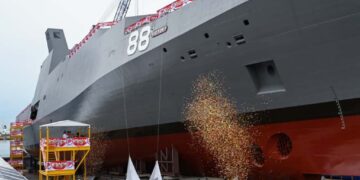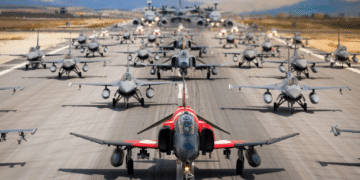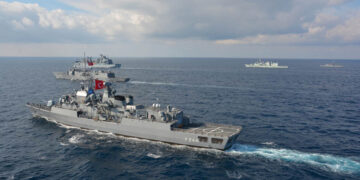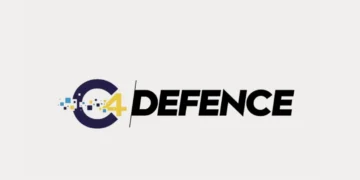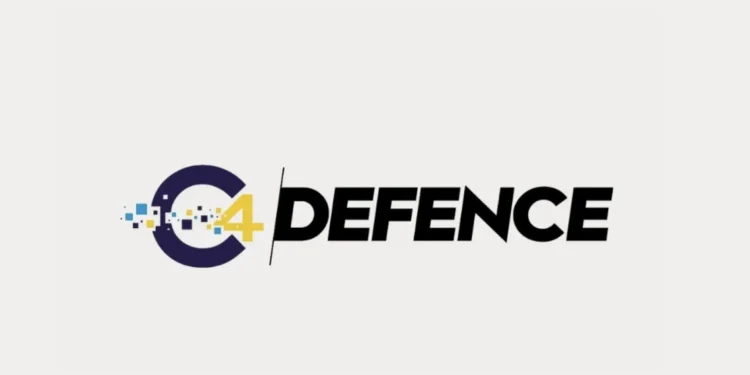It is not the strongest, but those who adapt the fastest; not the smartest, but the wisest who live longer in this age of intelligence, which demands faster adaptability and more comprehensive sensitivity. It requires knowing more. It also requires faster and more accurate analysis of this vast amount of knowledge. Where cerebral analytical capacity falls short, it prefers to leverage technology’s speed and analytical thinking skills. It fosters a process in which decisions are made after rapidly evaluating all available options.
The age of intelligence makes the certain loss of those unable to adapt inevitable. Societies that cannot transform intellect, knowledge, technology, and social virtue into valid values are doomed to lose in this age of intelligence and cannot avoid experiencing the painful toll of their sociological transformations.
Intelligence is the fundamental key to the formation of power.
Achieving the life indicated by intelligence requires mental flexibility. It requires skill development. It requires learning from experience and worrying about the future. It requires seeking, discovering, and renewing new solutions based on the evidence-based inquiry and research tradition of science. More than a modest foresight, it is a projection of the future that intelligence shows to the brains willing to see it.
Intelligence is an absolute motion for the accurate and precise identification of needs. Implementing the strategic skills required to meet these needs also demands separate effort.
Intelligence is the raison d’être of labor. Intelligence and labor are two crucial parts of a vital whole. They are fundamental elements essential for the continuity of this whole. For the continuity of this whole, one must be in the right place at the right time. A dynamic and multifaceted ground must be created where rational strategies and contextually appropriate flexibility can be produced.
In the irregular wars of the age of intelligence, the indisputable condition for existence and the path to imaginable utopian efficiency is the unity of forces. The rational and synergistic integration of multinational, modular, multi-stakeholder, and multi-option forces must be ensured. This is the way of intelligence. After a complete and realistic capability assessment, effort must be invested in the feasibility of the most rational solution options that can neutralize all potential risks.
IDEF is a very important platform in terms of showing us the level these rational efforts have reached. As a citizen, it is extremely gratifying to see that the requirements of the Age of Intelligence are successfully met in a remarkable way, in the context of projects where the presence of multinational companies addresses realistic field needs.
It is evident that we have significant advantages in rapidly procuring the capabilities the Turkish Armed Forces require based on the realities of their areas of responsibility and focusing on their ultimate objectives.
It is impossible not to feel proud in the face of numerous needs for modern warfare, made attainable by our country’s engineers throughout the process from conceptualization to design, from design to production, and from production to field deployment.
At a fair attended by nearly fifteen hundred companies and representatives from over a hundred countries, with more than a hundred thousand visitors, the presence of many products exhibited or introduced for the first time created great confidence in the vitality of production.
Among the companies I visited at the fair, I believe those with digital information technology concept products will show significant progress in the coming years. I am very confident that, if integrated into the traditional defense industry concept, they will provide a disruptive and critical contribution to the ultimate objectives.
Digitizing logarithmic knowledge and making it available for use by every element in the army and affiliated operational units is a necessity dictated by the Age of Intelligence. Every individual involved in the ultimate mission must have access to this knowledge to accomplish their assigned task. In both war and peace, every individual contributing to the army’s strategic mission has the right to continuous learning and continuous awareness. These can be obtained and distributed through the curative capacity of digital technology. The use of these capabilities should not be limited to attacking or physically defending units but must also extend to logistics units providing military medical services. To see, predict, and act, one needs information. Industrial production will provide us with this. Knowing the vital conditions of the wounded, their medical intervention needs, evacuation requirements, and the instantaneous location of other casualties is essential to keeping them alive.
Currently, we are far from an information technology-enabled facilitation of military medical services. The presence of fewer than a handful of medical companies among nearly fifteen hundred firms deeply disappoints us. Talking about the integration of digital information technologies of the Age of Intelligence into an already immature system seems utterly absurd.
Nevertheless, we continue to document our observations. Perhaps, with the initiative of readers, we can contribute in some small way to decision-making and action-oriented processes. Seeing that concepts like “Shelter Surgery” and “Shelter Hospitals,” which we have been trying to explain, write about, and demonstrate for the last two years, are now being discussed and accepted by foreign countries, leaves us unsure whether to feel happy or concerned.
However, at IDEF 2025, I did not see a single industry representative concerned with this issue. These concepts meant nothing to them. It was as if, in the scenarios driving the efforts, only we would attack. There was an implicit assumption: no one attacks us, no one gets wounded by us, we are invincible. Even though there are countries today that operate entirely with hidden armies, we continue to consume our present with traditional dependencies. We are saddened to see that no production exists for the consumables, fixed assets, and medical devices we might need in military healthcare.
Beyond managing the medical data of wounded or sick soldiers and other personnel, all solution options required by the Age of Intelligence for communication must be developed and widely implemented within the Turkish Armed Forces.
Today, there is a need for military medical services capable of tactical operational flexibility and mobilization.
As in many previous years, this year’s IDEF 2025 fair once again served as a litmus test, showing us our deficiencies in this regard.
